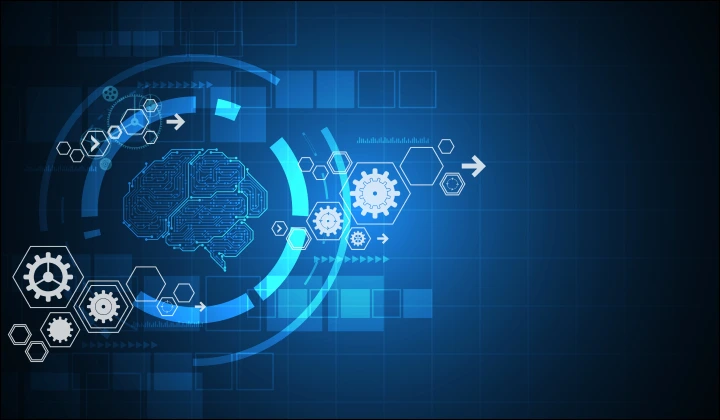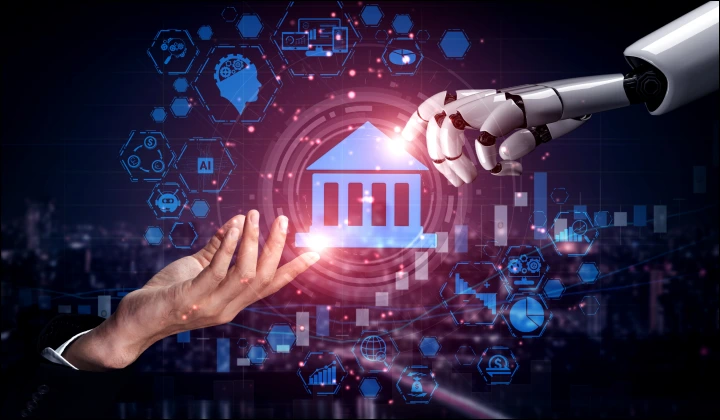The Breaking Point of Simple AI Agents
Many starts with a simple LLM-based agent, often built on GPT, answering internal questions or handling basic support tasks.
It works well in the beginning. Then come the inconsistencies.
➜ Same question, different answers.
➜ The agent makes up a product or service offerings that doesn’t exist.
➜ Support teams flag inconsistent responses.
➜ Someone in legal or marketing team questions: “Where exactly is this answer coming from?”
At that point, the technical team realizes something: this isn’t just a prompting issue. It’s a structural limitation.
The agent has no memory of actual business. It doesn’t know data. It can’t ground its answers in the source of truth.
This is the moment where enterprises shift their mindset, from “playing with GenAI” to “building with it.”
And this is exactly when a RAG AI Agent becomes the logical next step.





 13 mins
13 mins











 Talk to Our
Consultants
Talk to Our
Consultants Chat with
Our Experts
Chat with
Our Experts Write us
an Email
Write us
an Email





